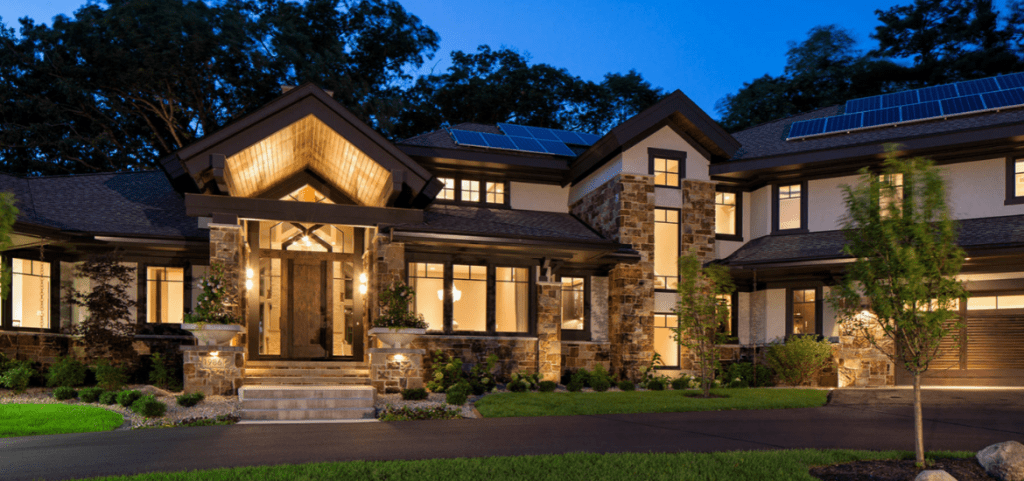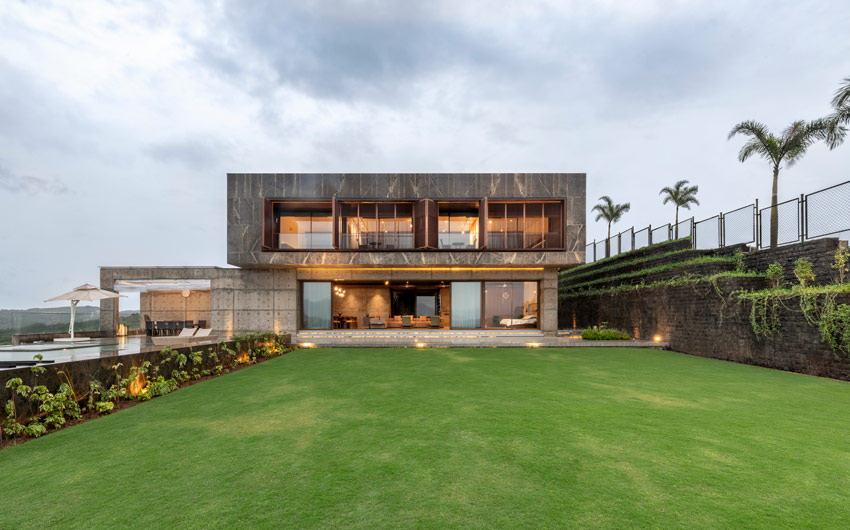
The tiny home movement is a growing movement that promotes a minimalist lifestyle. A small home can still provide all the benefits of a large house, but it will consume less energy. This design is popular among both young professionals, and retired persons. There are many benefits to living in a smaller space, including financial freedom and environmental benefits.
Despite the popularity of the tiny house movement, there are many things you need to consider before building a tiny home. You will need to have a means of powering your tiny home. You might also need to install a system for septic or other renewable energy sources. Additionally, you should consider the local zoning laws. Finally, land might be required to build your tiny house.

The tiny home movement has spread across the country. Idaho was the first to loosen its code regulations for smaller homes. It is possible to build tiny homes today in the United States. However you will need permission from your local government.
Tiny house movement benefits all, regardless of whether you are a landlord, a tenant, or homeowner. For starters, the cost of utilities is significantly lower. It also means that maintenance costs are lower. It is also more energy efficient and less expensive to maintain. If you're thinking about selling your existing house, a tiny home could help you achieve a higher price.
In addition to reducing your utility bills, a tiny home offers other advantages. You can also have a home that is not connected to the grid. This means it can make use of natural resources such as wind, solar and water. Many tiny houses have composting toilets. The best thing is that they are usually cheaper than regular houses.
There are many plans available for tiny houses. There are two options: you can either pay for a specific plan that fits your needs, or get a free one. You can choose from a variety of styles, such as a log cabin in the woods, or a modern, waterfront cottage. Design options include lofts and additional space. Skylights allow you to see out from your small house. Regardless of which type of tiny house you decide to build, it is important to consider your budget.

Prefabricated tiny homes are a great option for those who don't want to build their own home. A kit home will cost less than $10,000. The package includes blueprints as well a list containing all the necessary materials to construct your home. The majority of kits come with an easy-to-use online order form. You can then purchase the supplies that you need as and when you need them. You can design the home to your liking.
FAQ
Are permits necessary to renovate my property?
Yes. Permits will be required for any home-improvement project. In most cases you will need to have a building permit along with a plumber's permit. A zoning license may also be needed depending on the type or construction you are doing.
Are you able to live in a renovated house?
Yes, I am able to live in a house and renovate it.
Are you able to live in your house while the renovations are ongoing? The time taken to complete the work will impact the answer. If the renovation process lasts less than 2 months, then yes, you can live in your home while it's under construction. You cannot live in the home while renovations are taking place if they last more than 2 months.
You should not live in your house while there is a major building project underway. This is because you could be injured or even killed by falling objects on the construction site. There is also the possibility of dust and noise pollution from the heavy machinery at the job site.
This is especially true if you live in a multi-story house. In such cases, vibrations and noises from construction workers may cause irreparable damage to your property.
As I mentioned before, while your home is being remodeled, you'll have to manage the inconveniences of living in temporary shelters. This means that your home won't provide all the amenities you need.
You won't be allowed to use your dryer or washing machine while they are being repaired. The workers will make loud banging noises, paint fumes, and chemicals obstruct your ability to use your dryer and washing machine.
These factors can cause stress and anxiety in you and your family. To avoid becoming overwhelmed by these situations, it's important to plan ahead.
Research is key when you are considering renovating your home. It will save you money and help you avoid costly mistakes.
Also, it is a good idea to get professional help from a reputable contractor in order for everything to go smoothly.
Is it better to remodel an older house than build a brand new one?
Two options are available to those who want to build a home. Pre-built homes are another option. These homes are ready to be moved into and have already been built. You could also build your dream home. You will need to hire a professional builder to help design and construct your dream home.
Cost of building a home is determined by how much time you spend planning and designing it. It will take more effort to build a custom-built home because you'll be required to do most construction work. But you can choose the materials you want and where you want them to be placed. It may be easier to find a contractor who is skilled in building custom homes.
A new home will usually be more expensive than a renovated home. You'll have to pay more for land and any improvements. You will also need to pay inspections and permits. The price difference between a newly built and remodeled home averages $10,000-$20,000.
How important it is to be pre-approved for loans?
Pre-approval for a mortgage loan is essential. It will give you an estimate of the amount you will need. It also helps you determine whether or not you qualify for a particular loan program.
Statistics
- On jumbo loans of more than $636,150, you'll be able to borrow up to 80% of the home's completed value. (kiplinger.com)
- Rather, allot 10% to 15% for a contingency fund to pay for unexpected construction issues. (kiplinger.com)
- ‘The potential added value of a loft conversion, which could create an extra bedroom and ensuite, could be as much as 20 per cent and 15 per cent for a garage conversion.' (realhomes.com)
- A final payment of, say, 5% to 10% will be due when the space is livable and usable (your contract probably will say "substantial completion"). (kiplinger.com)
- It is advisable, however, to have a contingency of 10–20 per cent to allow for the unexpected expenses that can arise when renovating older homes. (realhomes.com)
External Links
How To
How do you plan a complete home remodel?
It takes careful planning and research to plan a complete house remodel. Before you begin your project, there are many things to think about. You must first decide what type home improvement you want. There are many categories that you could choose from: kitchen, bathroom or bedroom; living room or dining room. Once you know which category you would like to work on, you'll need to figure out how much money you have available to spend on your project. If you have never worked on homes, it is best to budget at most $5,000 per room. If you have some previous experience, you may be capable of getting away with a lower amount.
Once you've determined the amount of money you can spend, you need to decide how large a job you want. You won't be capable of adding a new floor, installing a countertop, or painting the walls if your budget is limited to a small remodel. If you have the money to do a complete kitchen remodel, you will be able to handle almost anything.
Next, find a contractor that specializes in the project you are interested in. This will guarantee quality results, and it will save you time later. You should begin gathering materials and supplies after you've found a competent contractor. Depending on the size of your project, you may need to buy everything from scratch. However, you won't have to worry about finding the exact item you are looking for in the many pre-made shops.
Once you've gathered the supplies needed, it's now time to start planning. You will first need to sketch out an outline of the areas you plan to place appliances and furniture. Then you will design the layout. Make sure that you leave space for plumbing and electrical outlets. Make sure to position the most visited areas close to the front door. Visitors can also easily access them. Final touches to your design include choosing the right colors and finishes. To save money and keep your budget low, you should stick to neutral tones.
Now it's time for you to start building. Before you begin any construction, make sure to verify your local codes. Some cities require permits while others allow homeowners to build without one. Before you can begin construction, remove any walls and floors. Next, you'll need to lay plywood sheets in order to protect your new floors. Next, you will nail or screw together pieces wood to create the frame for your cabinets. You will attach doors or windows to the frame.
You'll need to finish a few final touches once you're done. You might want to cover exposed pipes or wires. This can be done with plastic sheeting and tape. You'll also want to hang pictures and mirrors. Be sure to tidy up your work space at all costs.
These steps will help you create a functional, beautiful home that is both functional and attractive. You now have the knowledge to plan a complete house remodel.